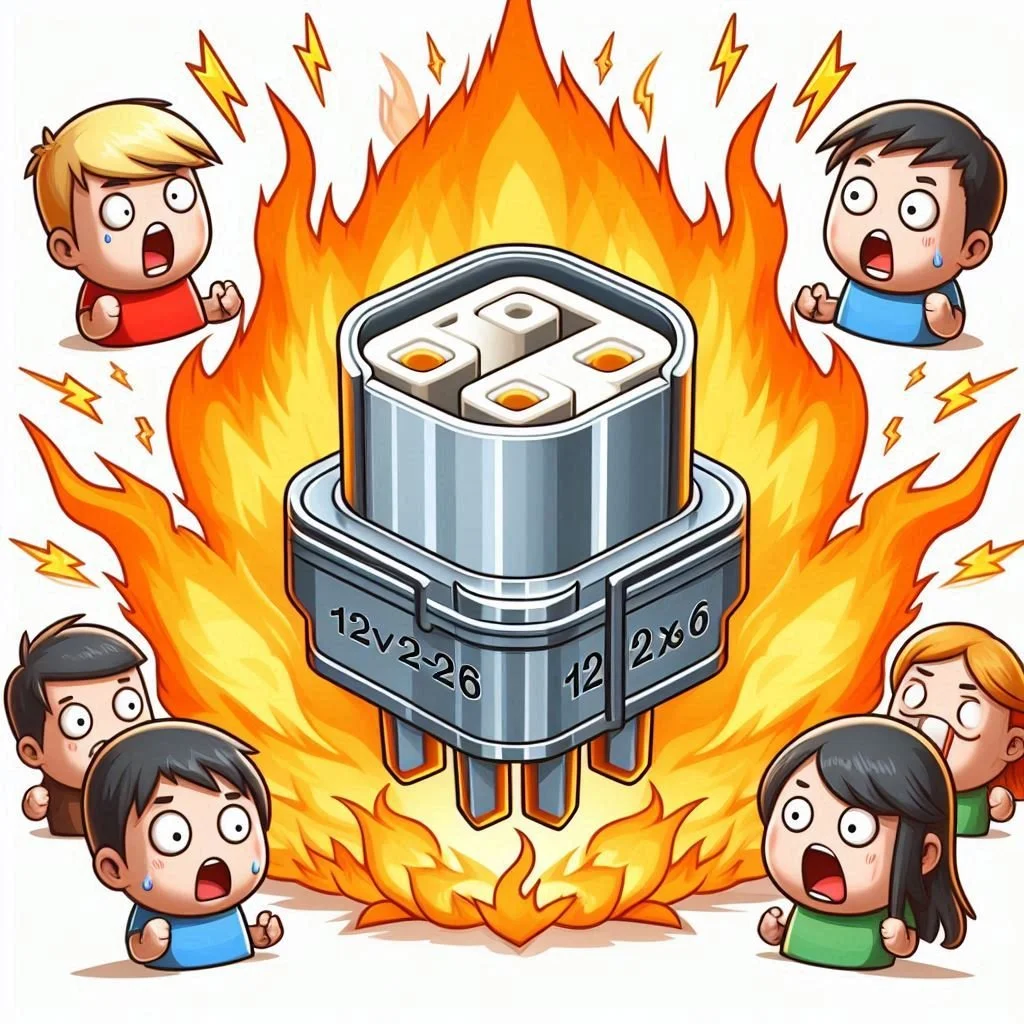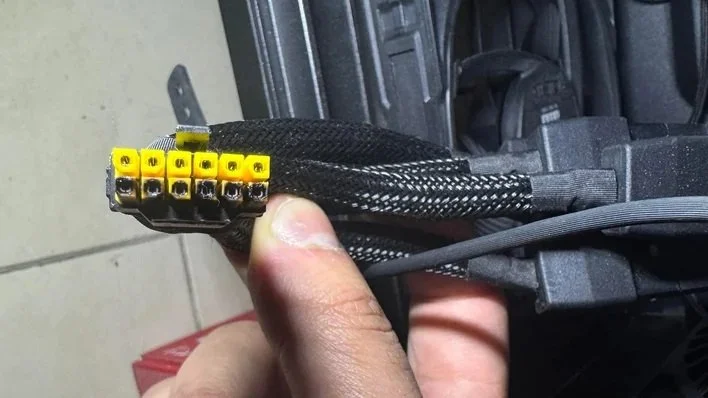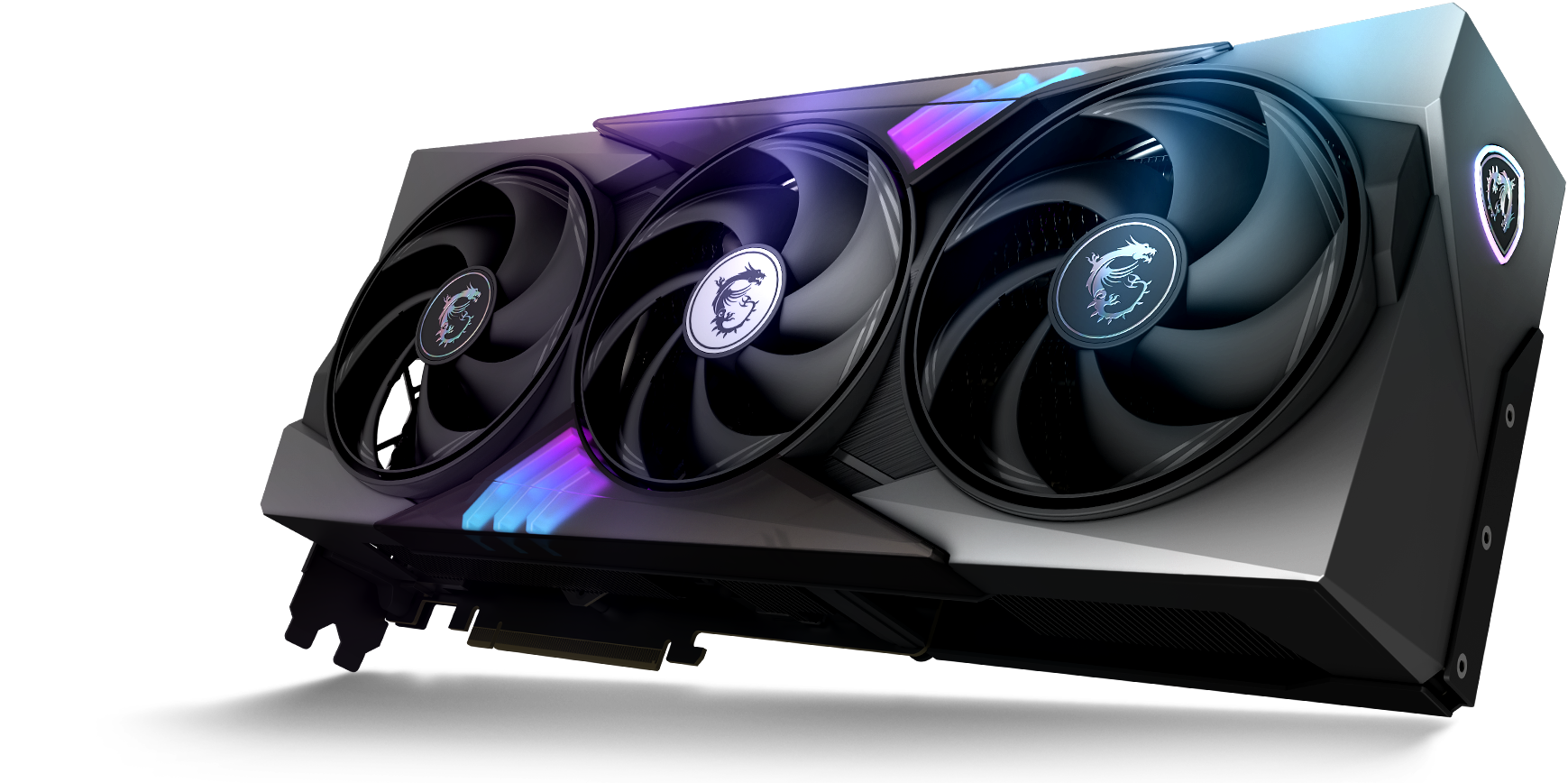MSI's GeForce RTX 5090 Power Connector Has Yet Another Meltdown Issues
There is yet another issue with a power connector on an RTX-series graphics card. This time, it involves the MSI GeForce RTX 5090, which is touted as one of the most powerful graphics cards on the market. Recent reports have highlighted problems with the 12V-2x6 power connector, particularly with MSI's yellow-tipped adapter. Multiple instances of melting have occurred, raising significant concerns about the reliability and safety of the graphics card. Overall, these issues emphasize the need for scrutiny over the design and quality of power connectors in high-performance graphics cards.
The 12V-2x6 Connector's Background
The 12V-2x6 power connector was designed to improve on the older 12VHPWR standard, which had issues with overheating and melting in RTX 40-series graphics cards. MSI introduced a yellow design to help users visually confirm whether the connector is seated correctly. If the yellow tip is visible, it indicates that the connection is not fully inserted, which helps to mitigate risks associated with improper seating. This design aims to enhance safety and reliability for users of these graphics cards..
Despite the new connector design, meltdowns continue to occur. Some users are asserting that the cables are correctly connected when these issues arise. This situation prompts me to question whether the problem is due to user error or manufacturing defects. I also consider the possibility of fundamental design flaws contributing to these malfunctions. Overall, the ongoing reports suggest there may be deeper issues at play beyond just the connector's design.
Image Source: Reddit
What Could Be The Cause
Several factors contribute to power connector issues. One root cause could be improper seating of the connector. Despite the yellow indicator tip, users may unknowingly leave it slightly loose. This can lead to uneven power distribution, resulting in excessive heat buildup. Addressing the seating issue is crucial to prevent potential damage.
During gaming sessions, the RTX 5090 has a high power draw of up to 575W. If the connector is not distributing power evenly across all pins, specific terminals may overheat and melt. Design limitations could also be another contributing factor to the power connector meltdowns. Unlike previous GPU generations, the RTX 50-series graphics cards lack per-pin current monitoring, meaning the GPU cannot detect imbalanced power loads. As a result of excessive current flow through a single pin, thermal damage can take place.
This is a MSI RTX 5090
The Potential Solutions
To lessen the risk of graphics card connector meltdowns, I suggest several solutions for graphics card manufacturers. Firstly, future GPUs should incorporate per-pin current monitoring to effectively detect and balance power loads. I recommend using high-quality materials for cables to enhance their durability and reliability. Additionally, reducing overheating risks for adapter cables is essential. Other alternatives include customizing connectors with built-in fuses to prevent excessive current draw.
The MSI GeForce RTX 5090 yellow-tipped connector meltdown underscores the challenges in high-power GPU design. User error might be a factor, but there are deeper issues at play. The absence of per-pin current monitoring raises concerns about safety and performance. Additionally, the quality of cables used contributes to the overall reliability of graphics card connectors.






